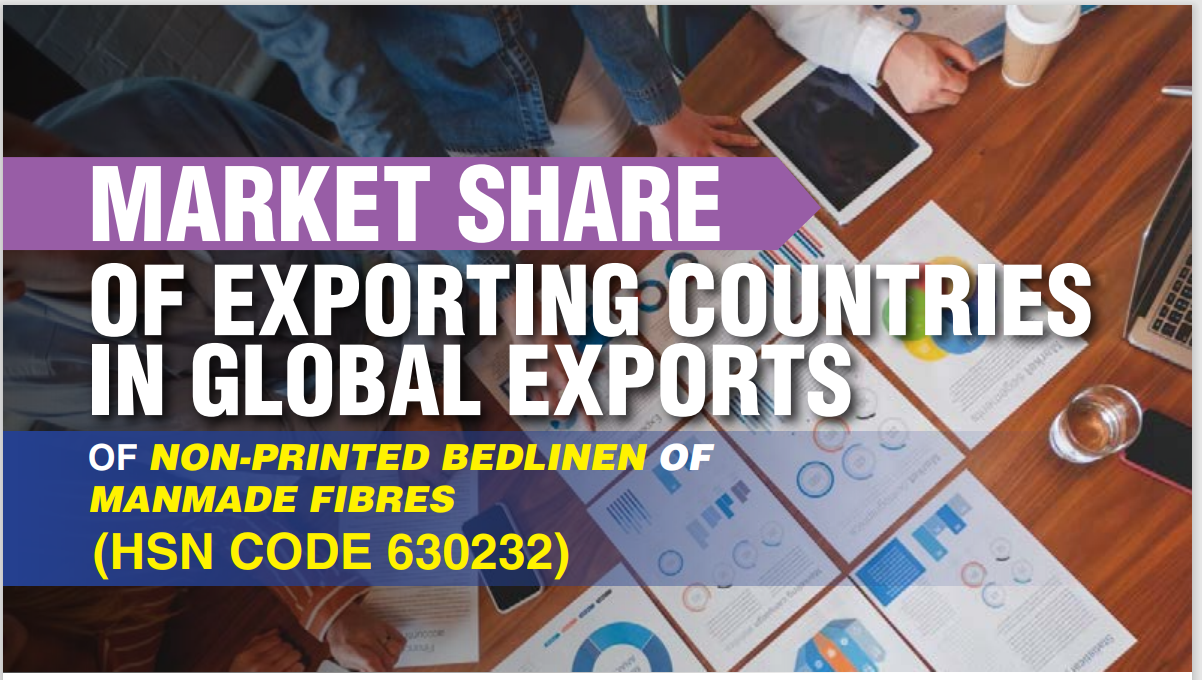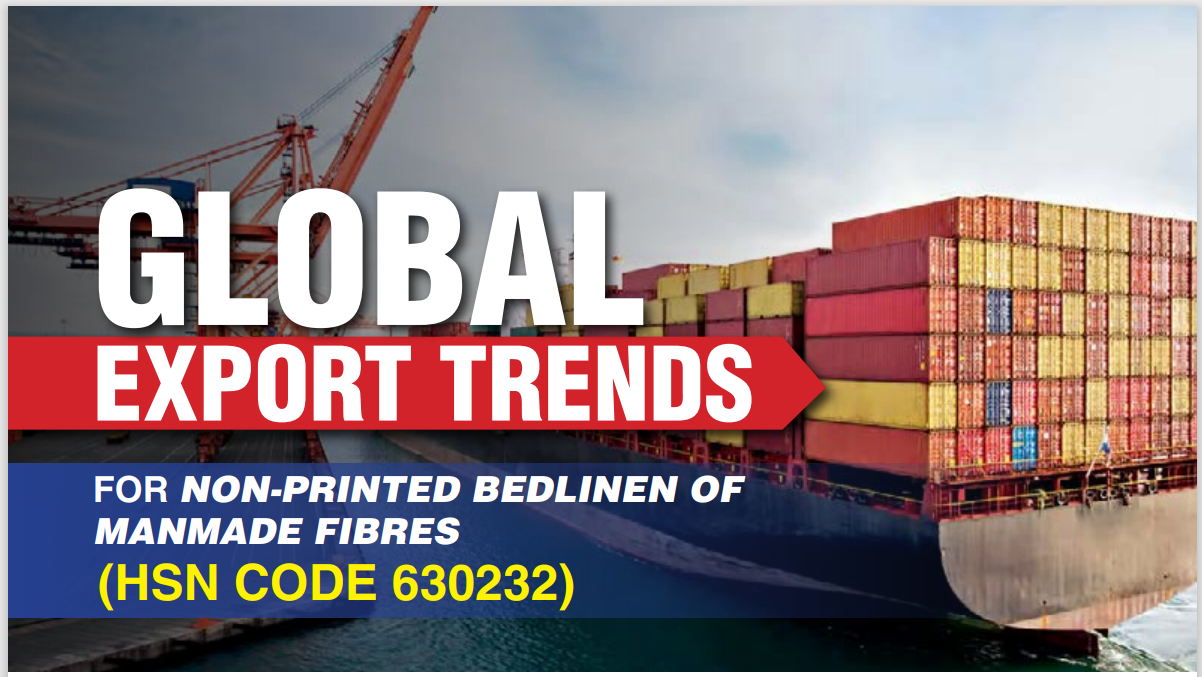MARKET SHARE OF IMPORTING COUNTRIES IN GLOBAL IMPORTS OF PRINTED BEDLINEN OF MANMADE FIBRES (HSN CODE 630222)
Share Post
USA has demonstrated a strong growth in imports with a 55.6% increase, solidifying its position as the leading importer with a market share peaking at 34.7% in 2021 before settling at 30.8% in 2022.
UK experienced a decline of -22.3% in imports, with its market share decreasing consistently to 11.3% in 2022, reflecting a possible shift in sourcing or domestic policy changes.
Germany saw a notable decrease of -30.1% in imports, with its market share reducing to 5.1%, indicating potential economic adjustments or competitive market shifts.
Spain’s imports showed a slight increase of 5.2%, with minor fluctuations in market share, suggesting a stable demand within the country.
Russia displayed an extraordinary growth of 834.2%, albeit from a smaller base, with its market share jumping to 3.9% in 2022, possibly due to strategic trade developments or local demand spikes.
Australia maintained a relatively stable import pattern with a marginal growth of 0.8%, indicating consistent market conditions.
India faced a significant reduction in imports, with its market share virtually disappearing, which could be attributed to significant increase in manufacturing capability of India which has led to self-reliance happening due to significant policy shifts.
Over View
The overall growth in global imports points to a recovering global economy post-2020. The USA’s robust increase may be due to its strong consumer market. The UK and Germany’s decline could be linked to economic uncertainties or a focus on diversifying supply chains. Russia’s surge might be influenced by localized factors or import substitution strategies.
India’s Position
India’s import trend is starkly different from other major countries, with a severe decline that contrasts with the overall global growth. This suggests significant increase in manufacturing capability and strategic decisions that have drastically reduced import dependency. India’s dramatic decrease suggests a significant shift in import policies or a drive towards domestic production. These trends reflect the complex interplay of global economic forces, national policies, and market dynamics that shape the import patterns of countries.
05:32 PM, Sep 06


Foreign Buyers Forge New Ties at UP International Trade Show
04:21 PM, Sep 30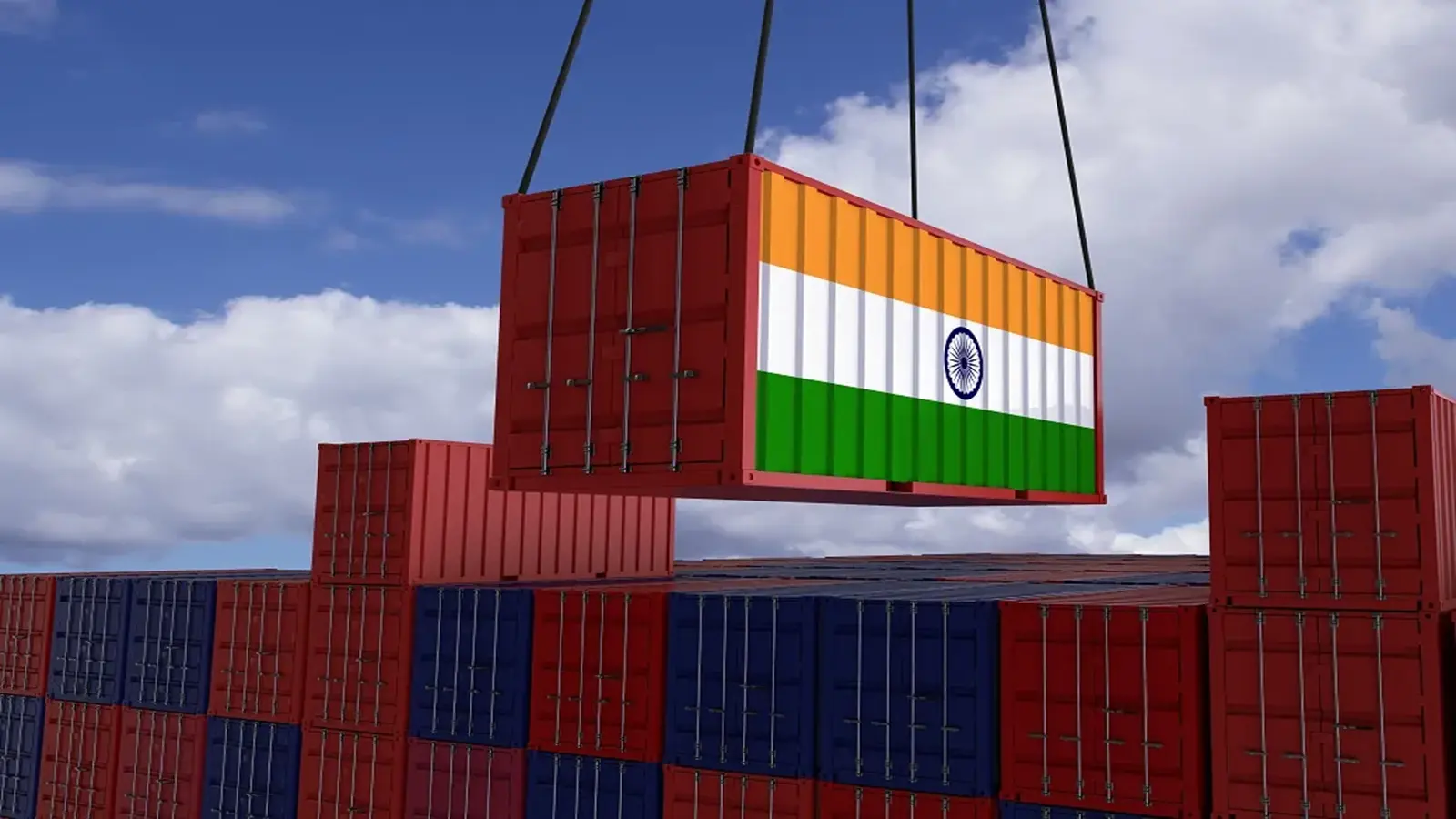
Government Extends RoDTEP Export Incentive Scheme Until March 2026
03:35 PM, Sep 30


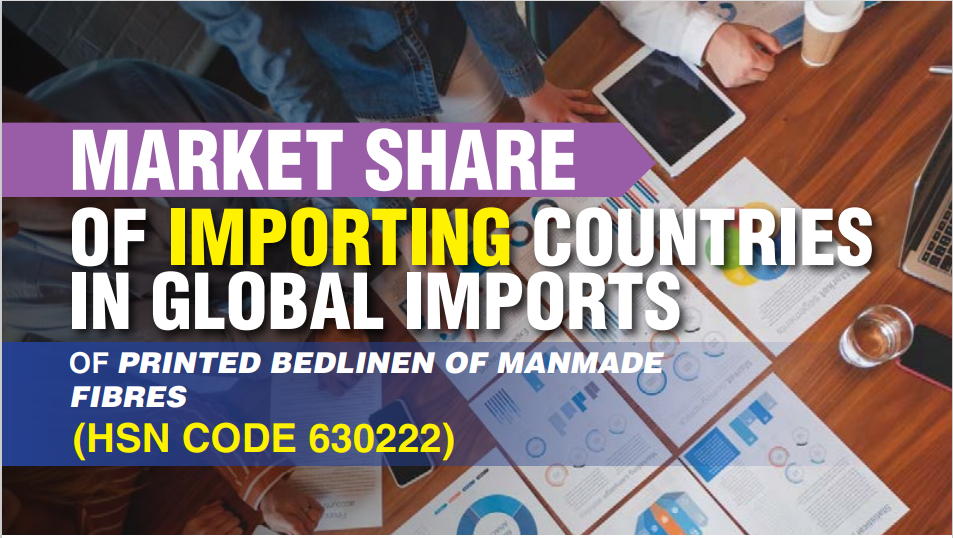
























.png)




31.PNG)

31.PNG)



51.PNG)
41.PNG)



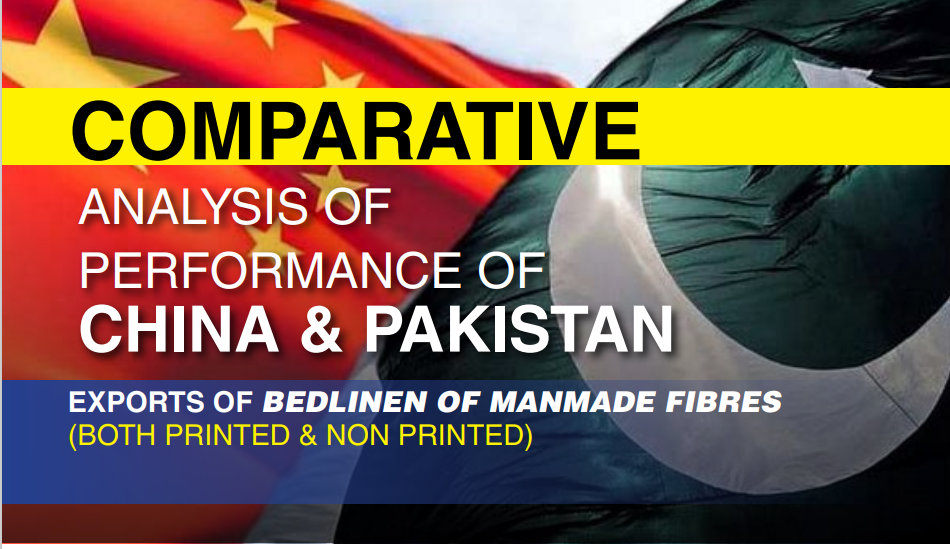
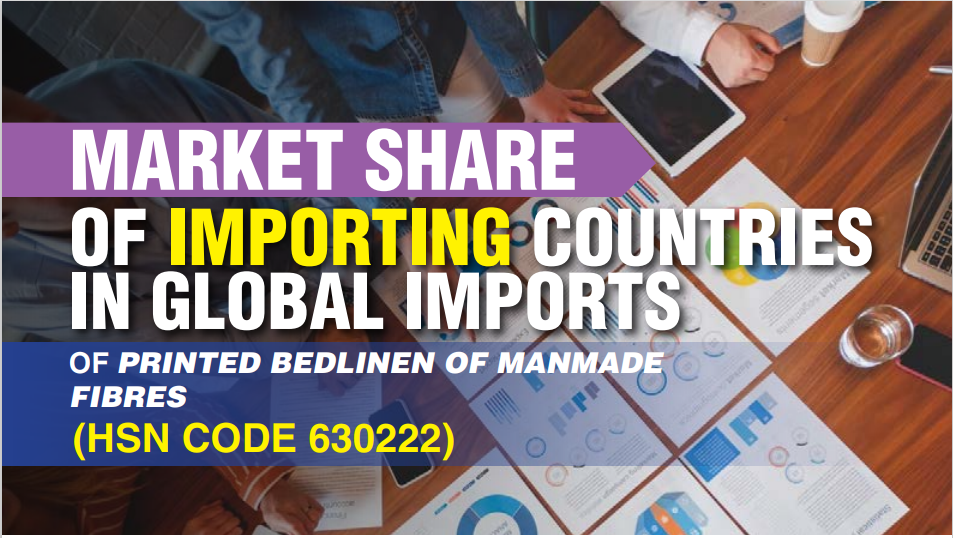
1.PNG)
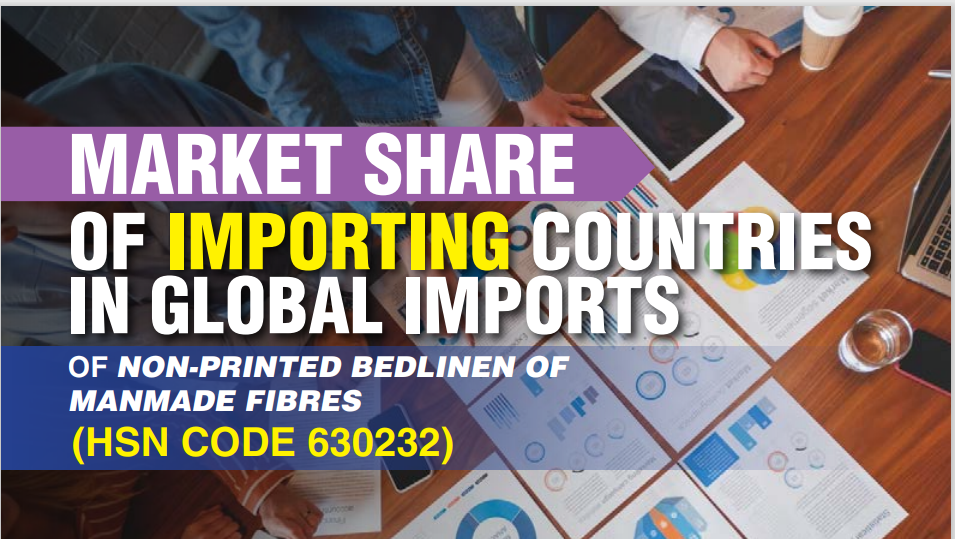

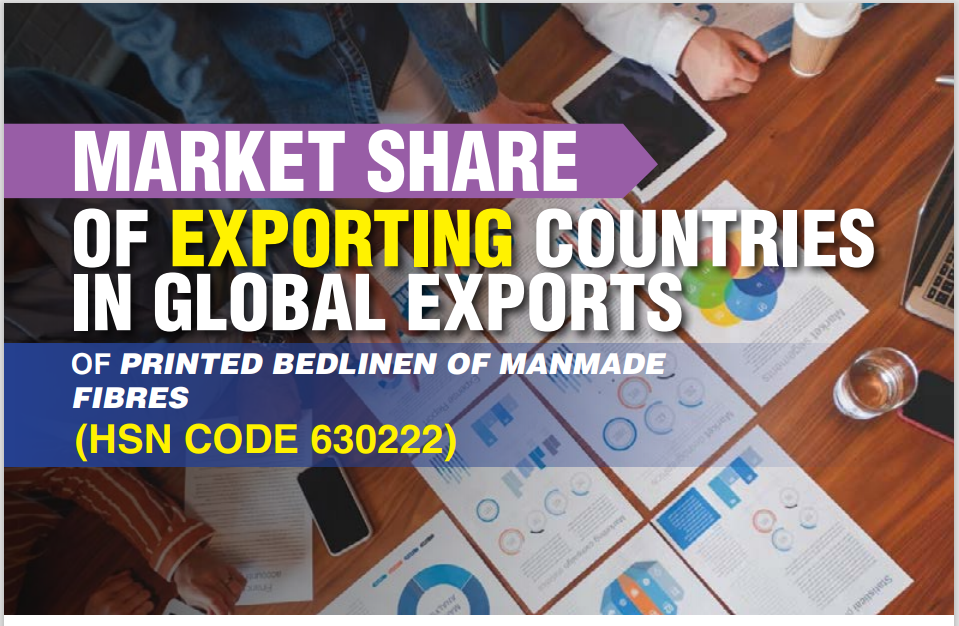
1.PNG)
